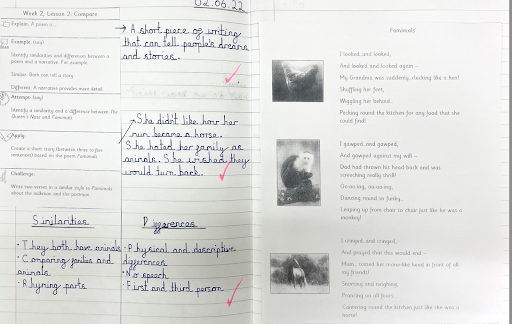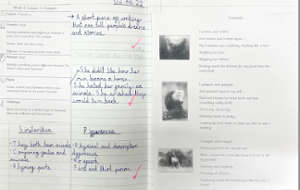Here at JB we are committed to being an evidence informed school. This means that we examine the best available research and evidence, we consider our context including our students and setting and we reflect using our own experience and expertise when making decisions around learning.
We have spent the last 18 months reviewing our curriculum with a view to becoming more evidence informed. Part of this review has involved an examination of how we teach reading and what we teach as part of our reading curriculum.
Currently we have access to more evidence around teaching and learning than ever before. This is particularly the case with reading. Thinking around the teaching of reading has become quite different to when many teachers originally trained.
We now know that a focus on fluency is very important and beneficial to a child’s reading progress.

Christopher Such in this article here explains that fluency primarily consists of three elements; automaticity, accuracy and prosody (the patterns and rhythms of spoken language). Fluency practice helps bridge the gap between phonics and comprehension. As children become more fluent they are better able to understand what they read.

Once children become fluent it is essential that they then continue reading independently.
Recently our Year 4 teachers and students have been adopting the approaches described above using the core text ‘The Queen’s Nose’ by Dick King-Smith.
Students have been engaged in a variety of fluency exercises including text marking, echo reading, paired and timed reading as well as performance reading.
By the end of this unit students will deepen their understanding of reading strategies such as inference and prediction. They will also have been immersed in some rich vocabulary learning including examining the etymology of words. They will have learned how to relate to characters and themes within the text along with how to compare and contrast poems and narratives.

If you would like to learn more about learning and teaching related to reading I would recommend you look at these blog sites from Tim Shanahan; Shanahan on Literacy and Christopher Such; Primary Colour/Reading.
Alan McCarthy
Primary Principal


